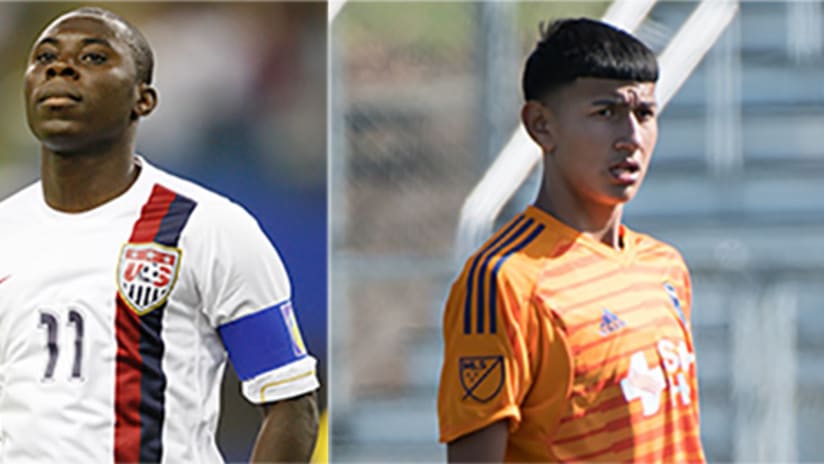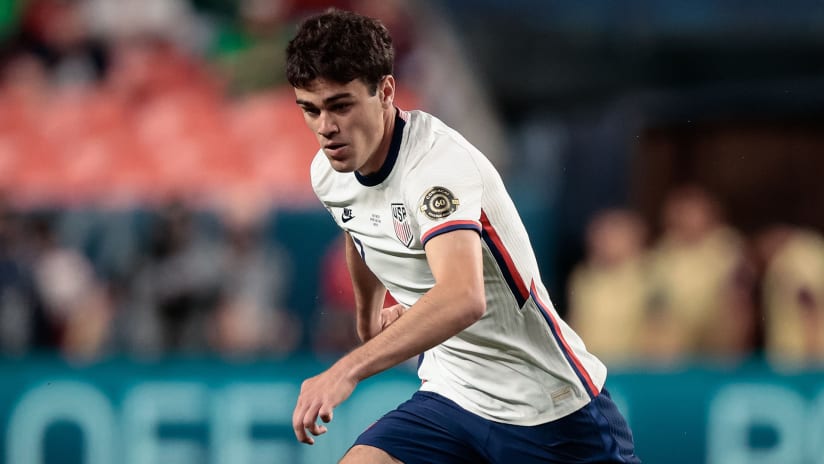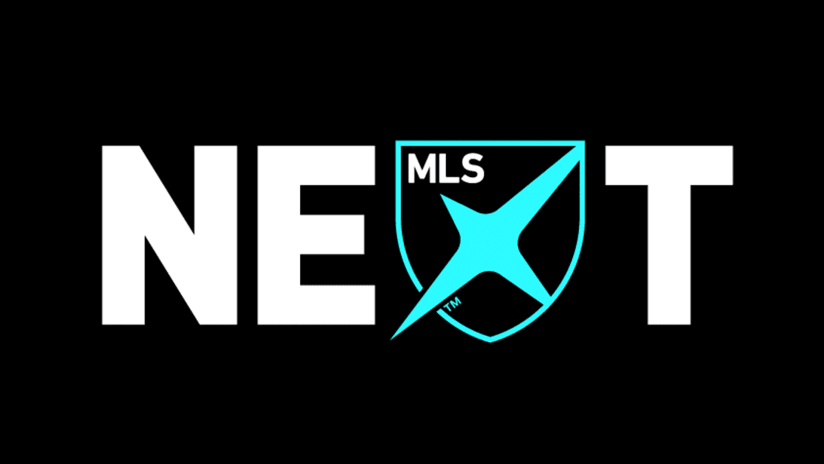EDITOR'S NOTE: On the 16th anniversary of Freddy Adu’s debut in MLS, MLSsoccer.com takes a look back at the former wunderkinds career.
Last month, nearly 16 years to the day since Freddy Adu made history as the youngest athlete signed by an American professional sports team in more than a century, the San Jose Earthquakes inked a 14-year-old wunderkind of their own.
As the math suggests, Emmanuel Ochoa wasn’t even born when Adu made his professional debut with D.C. United in 2004, a historic event that made headlines around the world. Ochoa is unlikely to draw even a fraction of the attention that Adu, the No. 1 selection in that year’s SuperDraft, did. He probably won’t shoot any soda commercials with Pele or date teenage pop stars or be anointed the savior of North American soccer. It might well be years before he even takes the field in an MLS match.
Ochoa hasn’t been thrust into the spotlight, and that’s part of the plan.
The US youth international goalkeeper isn’t even the only kid his age to turn pro in the past 12 months. Chicago Fire FC signed their own 14-year-old ‘keeper, Gabriel Slonina, in March (he’s since turned 15) and USL Championship side Orange County SC turned heads in August when striker Francis Jacobs broke Adu’s record as “the youngest male to sign a professional contract in United States soccer history” at the tender age of 14 years, 4 months, and 29 days.
So far in 2019, 11 players age 16 or younger have signed with MLS teams, and more are likely on the way.
“I think we’ve learned a lot, as a league,” D.C. general manager Dave Kasper, who was United’s technical director in the Adu era, told MLSsoccer.com.
“Since the advent of the academy system, [we’ve learned] how to develop and create development plans for young players … clubs that have USL teams [or] partnerships — they may not have their own team but they have an affiliate — those have provided great platforms for these young players to get professional minutes and not be pressured to play in MLS games when they’re not ready. I think that’s really helped a lot, and certainly in our case, we’re signing more Homegrown Players now than we ever have. And that trend will continue.”
Lessons learned, infrastructure built
At the time, Adu’s arrival in MLS was a coup for the league, beating the likes of Inter Milan to the signature of the nation’s top youth soccer prospect. It was also a fairly logical next step for a player who’d dominated every level he’d competed at to that point. It took a hefty amount of hindsight for the gambit to be branded a failed experiment, with the correspondingly harsh headlines to match:
“Too much, too young for 'wonderkid'?”
“The ultimate case of unfulfilled potential”
“From wonderkid to wanderer...”
“A kid in an adult world”
“Whatever happened to Freddy Adu?”
Today’s landscape, however, bears little resemblance to the one that Adu and his family had to navigate. Sprawling academy systems did not yet exist at that point, but are now the norm across the league — and even, increasingly, in USL. Individualized, multi-year plans are now laid out for every player, with carefully monitored transitions from youth competition to first-team acclimatization to USL action and eventually, hopefully, regular MLS minutes.
“When it comes to speaking to young players such as Emmanuel or Casey Walls,” explained Quakes GM Jesse Fioranelli, “or before that it was Gilbert [Fuentes] and Jacob [Akanyirige] and Cade [Cowell, all teenage Homegrowns], we spent up to six months with the parents and the player to set up a plan in order to put them in a position to live closer, study and at the same time be accompanied in the development path, one year at a time.
“As it pertains to strength and conditioning, nutrition and even the mentoring part, we have put a lot of time and effort and resources into making sure that those players that we have made a commitment toward, that they get the best possible support from us.”
Technology — on the field and in the classroom
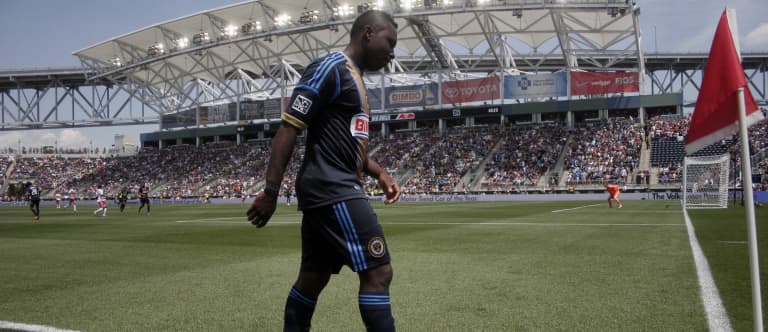
Advanced technology like GPS, heart-rate tracking and video analysis has filtered all the way down to academy levels — or in Kasper’s words, “we’re just a lot smarter in general,” cultivating more complete prospects at younger ages. And distance learning, like MLS’s partnership with Southern New Hampshire University, has evolved to the point that education can easily coexist with a professional’s schedule demands.
That said, many young players don’t have to leave home ahead of schedule to chase their dreams as Adu did when he entered U.S. Soccer’s Bradenton Residency Program at age 12. A traditional college experience is still important to some, but the pro game is now a far more amenable option, even for parents.
“There’s more kids that want to turn pro and there’s families that are supporting it, knowing that they’re forgoing a college education to jump in and start their pro careers earlier,” said Kasper. “The SNHU [program] has been a great resource to have, so players can do both, and look, the kids that want to start their college education, they can go in the evenings and take classes. We see players doing that as well.”
MLS Technical Director of Youth Development Fred Lipka notes that this is all part of a wider trend. Clubs all over the world are adopting a more assertive approach to young signings — in part because the players and their families are eager to do so, and willing to go elsewhere should their needs not be met. This includes foreign sides scouting for talent in the United States and Canada.
“The overseas clubs can be very aggressive,” noted Lipka.
Minding the gap
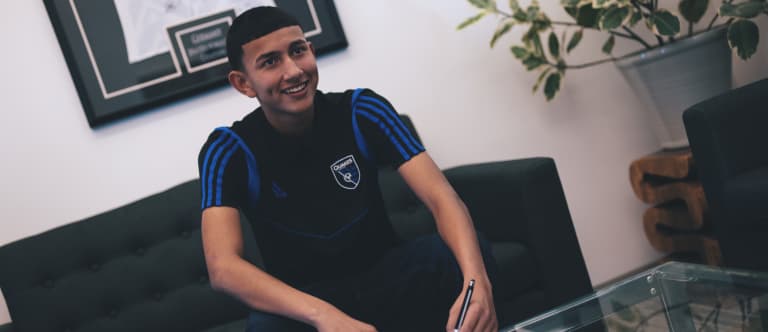
The step from youth soccer up to MLS level — “which is a different animal,” in Kasper’s words — can still be a big one. That poses a steep learning curve for even highly advanced prospects. It’s the job of the coaching staffs to ease that transition, and in San Jose that’s quietly become a central pillar of head coach Matias Almeyda’s project.
“He’s been critical in creating a bridge between the first team and the youth academy,” said Fioranelli, noting that the Quakes incorporate their Under-19 side and occasionally even younger academy kids into the senior squad’s training sessions every Wednesday.
“That allows younger players to be able to aspire, to be able to play one day on the first team and go head to head with our players that have much more experience," he continued. "Matias has opened that door. He and I care very much about not putting the weight on the young players, but letting them grow by putting them in the position to learn and be also supported by a first-team environment.”
Fioranelli arrived in Northern California bearing a broader perspective from stints at Serie A giants SS Lazio and AS Roma, and aims to apply it to the Quakes’ youth movement, one of several unfolding around MLS.
“I realized that it doesn’t come down to the amount of players you recruit, it comes down to the quality of the support that you provide to the few players that you want to accompany professionally as they grow and mature,” he said. “So I see similar trends taking place here in the United States, where youth development is starting to pick up a lot of momentum.”

